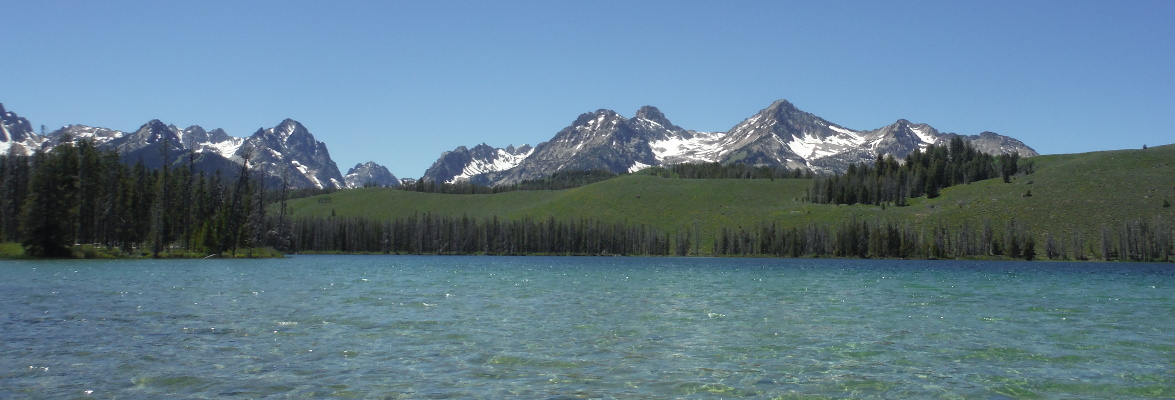For those of you who have no background in the SDA church, here’s a little primer that should help make this series make a bit more sense. For those who were raised/are/escaped Adventism you may benefit from the refresher, or you can just skip this one.
Periodically a handful of Adventists will accuse a scholar or two of heresy. If these charges find a sympathetic ear then they will invariably launch an inquisition, I mean investigation. It’s not unheard of for people to loose their jobs or certain positions.
Thirty years ago it was Desmond Ford who was then a theology professor at Pacific Union College who was questioning the role of Ellen G. White, the woman I mentioned in an earlier post who had a head injury and a few years later started seeing visions. In the end he lost his job and went from being someone who wanted to engage in a discussion to a very vocal critic of the church as a whole.
Around 2000 it was Doug Clark and the School of Theology at Walla Walla College (now Walla Walla University) who came under attack. Some church members weren’t happy with the version of inerrancy they were teaching and finding that their pastor’s weren’t quite conservative enough for them. It wasn’t that they were questioning the authority of the Bible, it’s epistemological supremacy, or creationism, they just acknowledged that there were some factual errors and contradictions in the Bible and that the earth might be a little more than the standard 6000 – 10,000 years old (not billions, just possibly in the tens of thousands). Even though they were exonerated by the panel that conducted the investigation, Dr. Clark was replaced as Dean of the School of Theology and graduates of the program have a harder time getting hired by the denomination (like what happened to me at the end of my senior year).
The latest inquisition was launched two years ago over biology courses at La Sierra University. For the details of the controversy and some of the implications of it you’ll have to wait, but first you need to understand a little bit about the church structure.
The General Conference oversees the entire world church, it is divided into 13 geographical Divisions, which are further divided into Union Conferences, then finally into Conferences. In the US, conferences are roughly divided by states or in some cases other more reasonable geographic areas (for example, Oregon, Washington, and Idaho are divided into four conferences centered around Portland, Seattle, Spokane, and Boise).
The Adventist church operates 14 college and universities in the United States and many more around the world. Three of the US institutions fall under the General Conference, these are Andrews University, the first SDA college and home of the Seventh-day Theological Seminary; Loma Linda University, the SDA medical school for North America; and Oakwood College, an historically black college (the Adventist church is administratively segregated throughout most of the country between white conferences and black regions). A few others are special cases which I don’t know or care who they fall under, but most are at the Union Conference level.
Each of the Union Conferences has a college (except for the Pacific Union Conference which has two), with the union conference president serving as the chairman of the board of trustees. Other positions on the board are often filled by conference presidents, other church administrators, pastors, and wealthy alumni of good standing in the church.
Adventist institutions are accredited by the local regional accrediting agency, the General Conference’s accrediting agency, and often several program specific accreditations. To lose regional accreditation would mean that the degrees they issue wouldn’t be worth the paper their printed on, to lose church accreditation would result in a multi-million dollar loss in funding.
As I’m sure you could imagine, this creates a situation where church administrators have a great deal of power over these colleges and universities, even though for accreditation they have to have institutional autonomy.
That’s enough for today. Next time we’ll cover the development of this most recent controversy.
